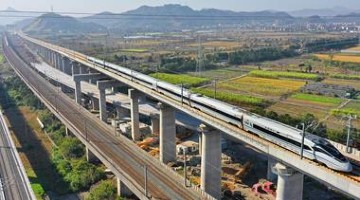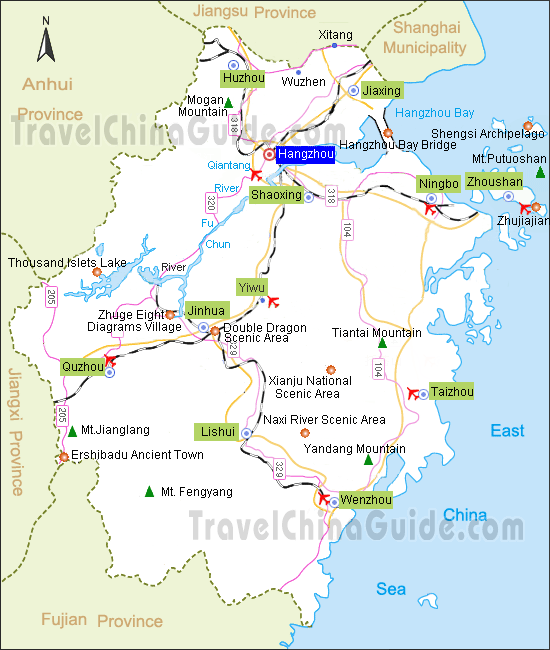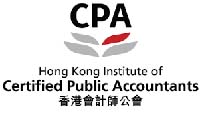Mainland China’s first high – speed rail Public Private Partnership opened for business last month. Built at a cost of ¥45 billion / US$7.1 billion under a 30 – year concession, it is now serving nine stations between Hangzhou – Shaoxing – Taizhou in Zhejiang province with trains traveling at up to 350 kph over 267 km. Eight private sector companies led by Fosun Group own 51% of the ProjCo, provincial and city governments 49%. ¥29 billion / $4.2 billion of project financing has come from CCB, ABC and two other local banks.
The interesting point is: why finance this line as a PPP?
After all, in recent years, State – owned China Railway has built more high speed lines (40,000 km, that’s the circumference of the Earth) than the rest of the World put together with more to come under the current 14th Five Year Plan and it could have easily included this line too. (It also operates a further 110,000 km of slower – speed lines.)
So perhaps CR didn’t think that this line was strategic whilst the local governments did. After all, other countries’ State Owned Enterprises have all too often tried foisting onto the private sector projects which they didn’t like for themselves. When it comes to building infrastructure, though, China is more coordinated than elsewhere so this scenario seems unlikely.
More likely, this line is intended as a template for shedding risk to the private sector, this being the principal purpose of PPP when public funds are pretty much unlimited. Indeed, this line has been labelled a national railway PPP demonstration project.
Of course, all PPPs involve some sort of sharing of responsibility, risk and reward between the public and private sectors but how these are shared varies widely from country to country depending on a multitude of factors. Thus, except for niche markets such as water treatment, most Chinese PPPs have to date been pretty much unbankable in the eyes of foreign investors and lenders. This may not bother China too much until its appetite for a particular risk is exhausted, a point which will assuredly arrive sooner for private rather than for public capital.
Few details are publicly available on this project but several major risks – procuring the land / right of way, construction and equipment supply – have evidently already been successfully negotiated. So, if the risk profile of this project is to be replicated for other high – speed rail lines, we would like to know:
- Of course, as in any greenfield infrastructure, the big risk is in the revenue line, particularly in the early years of operation. It would be nice to have some form of support for this, maybe a Minimum Revenue Guarantee or an agreement on how to restructure the concession (usually by lengthening it) in the event that net revenues turned out to be insufficient, in particular for servicing the debt.
- Just as nice would be for this support to come from a creditworthy counterparty. I have advised states in Malaysia and India, provinces in Indonesia too, on this point – all have to some extent been dependent on central government funding. It is thus a matter of i) all sides agreeing that the project remains worthwhile ii) structuring the support so as to minimise the burden that it represents for the state, in particular that the support falls away once the project no longer needs it. (Government entities ought to manage their contingent liabilities just as much as private sector ones do. Not too many do).
- What opportunities are there for the sponsors to develop real estate along / above the line either within the ProjCo or alongside it? So – called Transit Orientated Development combines two completely different risk profiles but has long been practised by the likes of the MTR in HK and the MRT in Singapore in rail or by just about every airport.
- Are net earnings over the concession period expected to deliver a reasonable return on capital to Fosun? Or does Fosun hope (validly) for returns elsewhere? The group has been diversifying away from its core consumer businesses of health, happiness, wealth and intelligent manufacturing but this is by far its biggest such step.
- At a practical level, will rolling stock, ticketing, etc integrate with CR’s network? I haven’t yet had the chance to take a look.
- Where are the further opportunities ready for cookie – cutting?
This is a pioneering project. It no doubt features many Chinese characteristics. If structured in a way which is attractive to all parties, its impact on future rail in China could be very significant.








